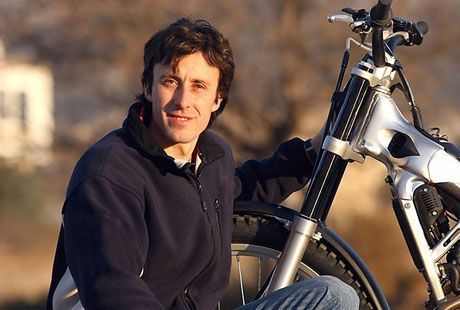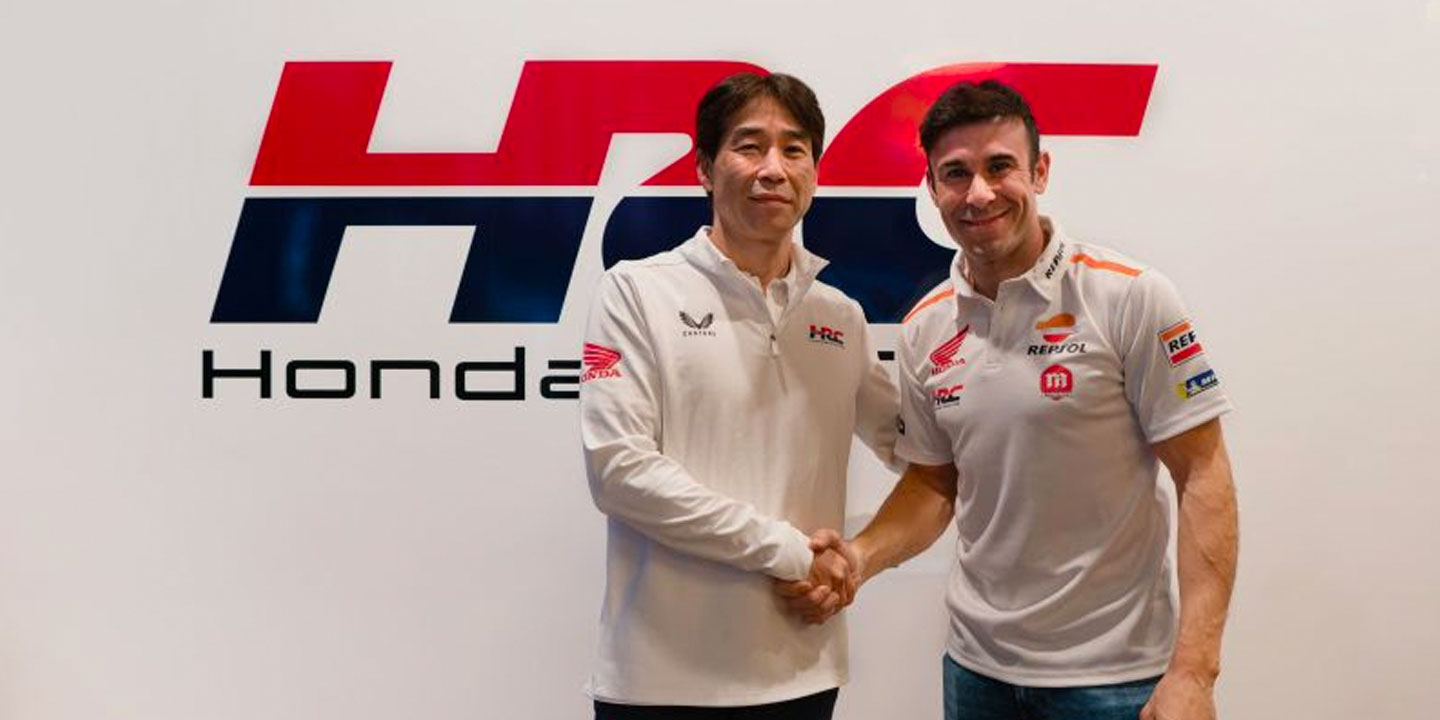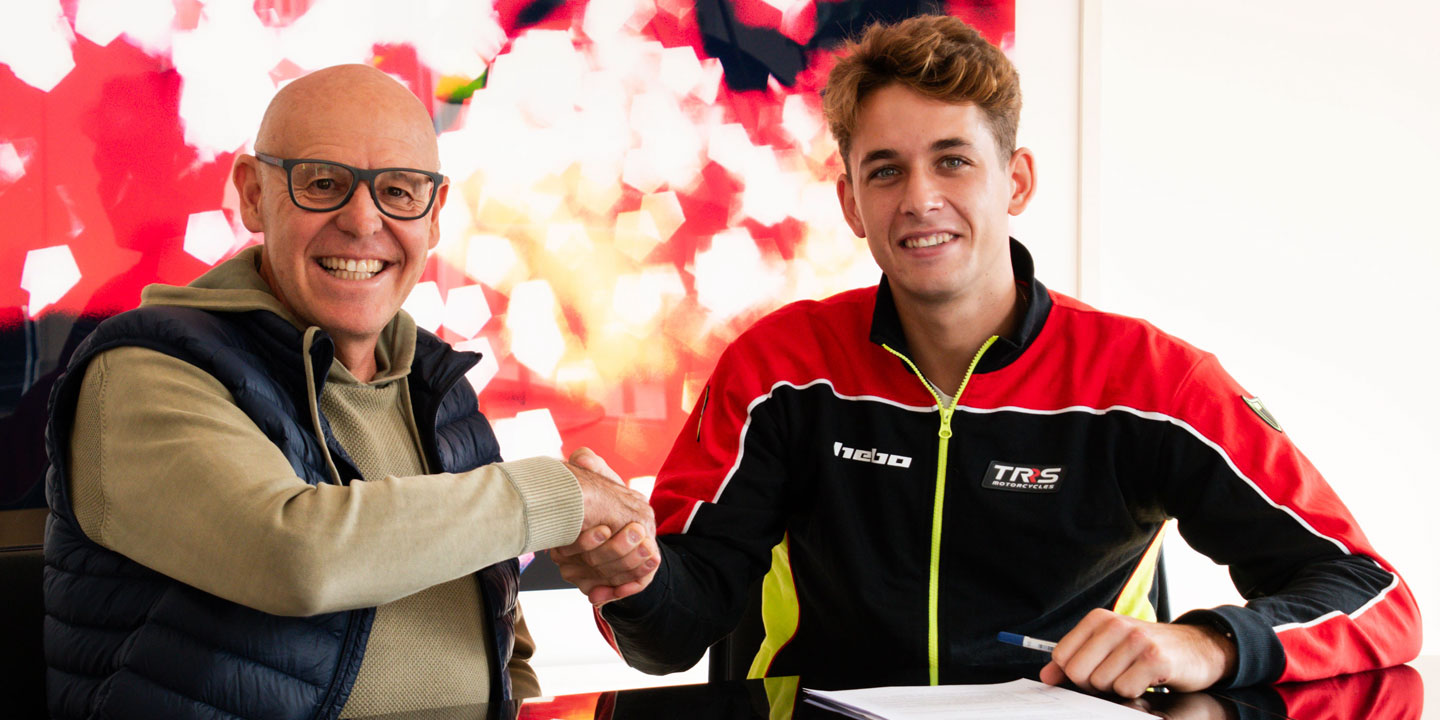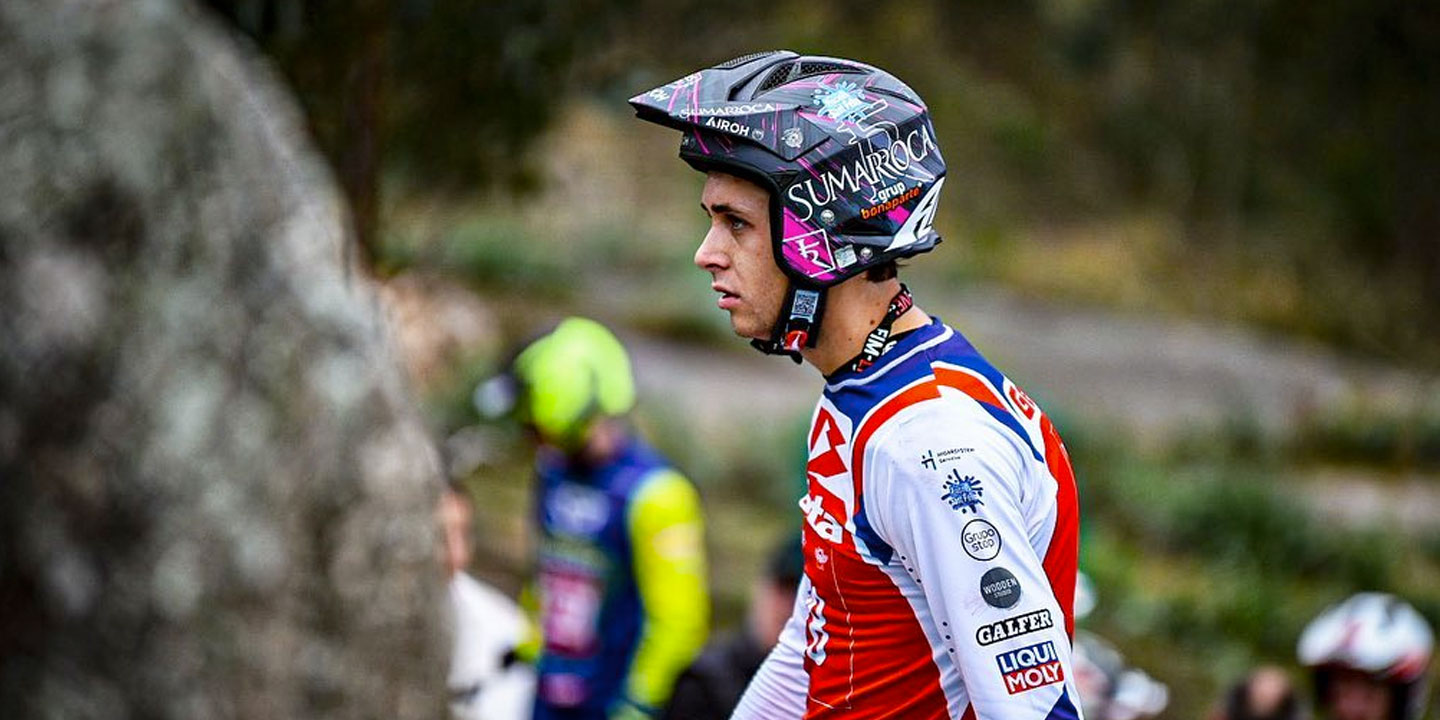Position of the controls:
“Improperly positioned controls have a negative impact on many dynamic factors, and can also cause injuries to the driver at the most critical moments of driving. For this reason, it is advisable to stop for a few minutes in front of the bike and study if all the components that affect riding really fit my physical build or preferences.”
“The reference for the handlebars is to stand on the side of the bike and verify that it draws a straight line. From there, depending on the height, you can vary the settings, but always tending to be forward.”
“The levers are going to follow more or less the same pattern. Here the manias of each rider always come into play, since there are those who prefer to raise the levers so that they do not touch with the knuckles, but maintaining a logical criterion. A priori they should be placed in a straight line, with a slight downward trend, in search of a neutral position that allows us to ride comfortably both on climbs and descents.”
“The footpegs also deserve our attention. It is important to keep an eye on its good condition for a correct support of the rider’s weight, but it is also necessary to check its anchors so that they are easily retracted and returned to their usual position. To do this, the thru-screw must be tight enough to ensure anchorage and avoid vibrations, but without reaching the point of slowing down the vertical movement of the stirrup. It is also advisable to grease this joint periodically.”
“The position of the hands on the controls is very important. Make sure that the grips do not turn on themselves (you can use wire to reinforce their support) and that the levers are in good condition. It is very important to grip the handlebars tightly, using a single finger of the hand for the clutch and brake, no more, because then we would be losing sensitivity and compromising the force with which we grip the handlebars. It doesn’t matter if you’re in the habit of using more fingers; If this is your case, start trying using a single finger, you will see how you will appreciate it in the long run. We will always use both fingers (one for the clutch and one for the brake) in all circumstances, except when we accelerate the bike, when we release the brake. However, it is also not a bad thing to have a finger on the brake permanently, but always knowing that it can hinder us and reduce sensitivity at such a critical moment.”
“All of these concepts are very basic, but they form the basis and key to your progression. It doesn’t matter if you do big steps or areas if you maintain wrong habits, because sooner or later those details will slow down your progression. That’s why it’s important to stop these manias early and start with a good foundation, so from now until the next chapter, keep a close eye on these factors and feel comfortable on your bike, as that’s the key to confidence.”
See you soon folks, enjoy Trialworld.
Jordi Pascuet.
{bonckowall source=”2″ pkey=”album” pvalue=”dqtrialworld” pvalue2=”EasterSchoolChapter1″ }{/bonckowall}









